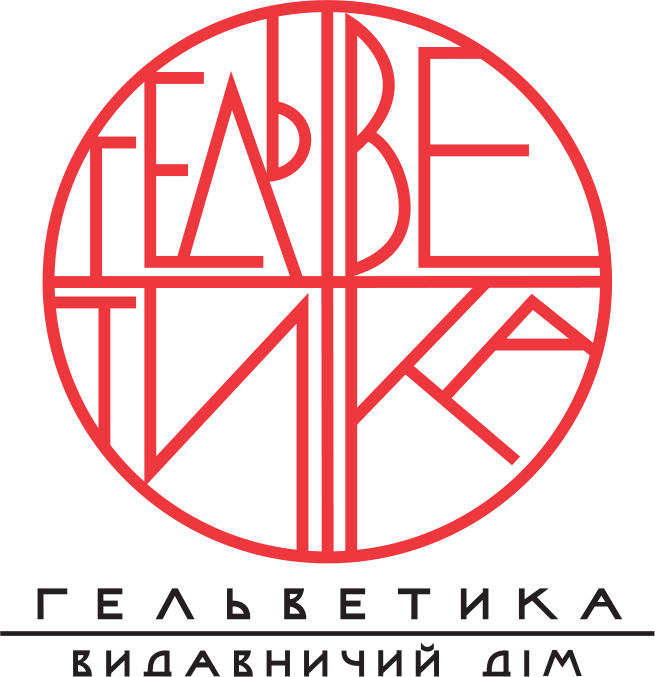UNITY OF VERBAL AND VISUAL INFORMATION IN THE DESIGN OF PRINTED PUBLICATIONS
DOI:
https://doi.org/10.32782/uad.2025.4.1Keywords:
design оf printed publications, unity of verbal and visual information, infographics, typography, illustration, art book, comic bookAbstract
The aim of the study is to outline the peculiarities of the unity of verbal and visual information in printed publications based on an analysis of historical development and contemporary forms of presentation. The methodology includes two levels of methods: empirical (observation, description) and theoretical (analysis, systematization, theoretical-analytical method, definitive analysis, concretization of terms; art-historical, formal, semiotic, and content analysis of analogues). The article defines the relevance of verbal and visual expression of information as a means of modern communication, sociality, and cultural development. It formulates general information, definitions of verbal and visual information, and their synthesis in printed publications as a harmonious combination of verbal and visual text, conceptual, aesthetic, and semantic unity, which contributes to the integrity of information perception and faster and better understanding. A review of the historical development of printed publications with a synthesis of visual and verbal information is carried out – from handwritten books to the influence of futurism, key features and means are highlighted (elimination of artistic boundaries, accessibility, broader sensory appeal and connotations, sound imitation, poetic painting, verbal-visual images (font and composition as tools), text structuring, and different readings (left to right, zigzag, acrostic, crossword, palindrome)). Сontemporary forms (art books, comics) with a unity of verbal and visual information and their features, means are analysed (aesthetic and informative integrity, illustration, typography, infographics, multimodality, multisensoryity, sound imitation, use of colour, symbols, graphic signs consistent with verbal ones). The general features of the unity of verbal and visual information in printed publications are identified: integrity of form and content, multimodality, organisation, metaphoricity, multisensoryity, promotion of faster and broader understanding of content, figurative-associative, emotional and educational development. Promising research areas include art books, comics with a synthesis of visual and verbal information in the presentation of educational content (voluminous information, rules, scientific works, etc.), as well as multisensory forms of information in printed publications.
References
Рудченко А. Візуалізація як тренд у сучасних конвергентних медіа. Збірники наукових праць професорсько-викладацького складу ДонНУ імені Василя Стуса, 2017. С. 68–69.
Підопригора С. Артбук «Мороки» О. Михеда: специфіка синтезу вербального та візуального образів. Літератури світу: поетика, ментальність і духовність, 14, 2020. С. 65–73.
Підопригора С. Артбук у просторі літератури: художні особливості. Науковий часопис НПУ ім. Драгоманова. Серія 8. Вип. 10, 2018. С. 44–50.
Ковальова Т. Ефективність візуального наповнення книги (на прикладі видання «Суми. Нове життя старих вулиць»). Журналістика, № 14(39), 2015. С. 125–129.
Ільницький О. Український футуризм (1914–1930). Перекл. з англ. Тхорук Р. Львів: Літопис, 2001. 456 с.
Холодинська С. «Поезомалярство» М. Семенка: футуристичний експеримент у контексті видової структури мистецтва. Вісник Маріупольського державного університету. Сер.: Філософія, культурологія, соціологія, №14, 2017. С. 173–181.
Алтухова А., Сорока К. Історичні аспекти розвитку художнього оформлення книги та книжкової ілюстрації. Прага: InterCof, 2022. С. 220–224. URL: https://surl.li/twdbhr
Копецька О. Артбук як різновид нішевих видань. Наукові записки Інституту журналістики, Т. 55, 2014. С. 66–69.
Онкович Г., Онкович А. Комікс як медіатекст. Київ, 2018. URL: https://www.researchgate.net/publication/329963684_Komiks_ak_mediatekst
Онищенко А. Комікс на межі вербального та візуального: роль читача та особливості цілісно-сюжетного прочитання. Слово і невисловлюване: тези дванадцятої міжнародної наукової конференції «Філософія. Нове покоління». Київ, НаУКМА, 23-24 березня 2017 р. С. 80–82.
Вечерова Д., Фокіна Т. Вплив ілюстративного оформлення художніх видань на реципієнтів. Сучасна гуманітарна наука в інтерпретації молодих дослідників (до 200-річчя К. Ушинського): збірник доповідей учасників всеукраїнської студентсько-учнівської науково-практичної он-лайн конференції, Київ: НУБІП України, 2023. С. 33–35.
Мукосієнко К., Гальчинська О., Кравченко О. Роль та особливості ілюстрації у дитячих виданнях. The 5th International scientific and practical conference “Science and technology: problems, prospects and innovations”. CPN Publishing Group, February 16-18, 2023, Osaka, Japan. C. 239.
Токар М. Художньо-естетичні особливості дитячої книжкової ілюстрації. Вісник Львівської національної академії мистецтв, Вип. № 35, 2018. С. 220–233.
Дрофань Л. Література поза літерою. МІСТ: Мистецтво, історія, сучасність, теорія, Вип. 9, 2013. С. 37–45.




